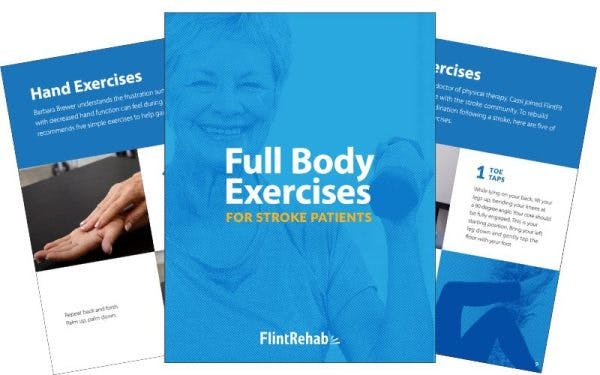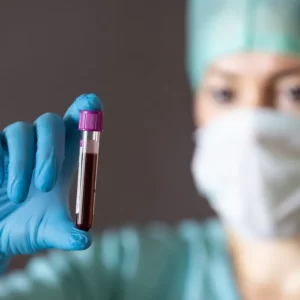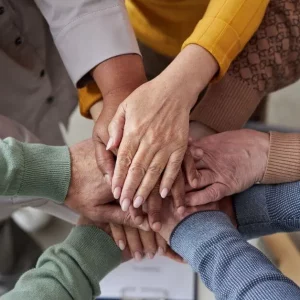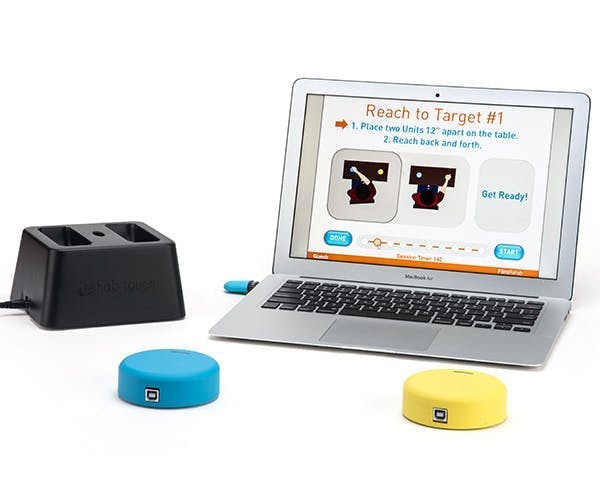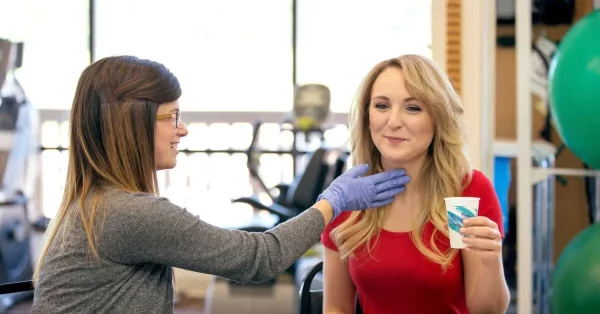Recovering from a stroke can be one of life’s greatest challenges but stories like Jim’s show that with dedication, the right tools, and a belief in the brain’s ability to heal, real progress is possible. In this article, we’ll share Jim’s inspiring stroke recovery story, the role of neuroplasticity after stroke, and how at-home rehab made a difference.
Jim’s Stroke: A Life-Changing Moment
On March 17, 2018, Jim suffered a stroke caused by a blood clot in his brain. That same night, he experienced a second stroke. By the following morning, he was completely paralyzed on the left side of his body.
“I could not move my left arm, could not move my left leg. The whole left side of my face was drooped down no control, no anything.”
The sudden loss of mobility and independence would be overwhelming for anyone. But Jim didn’t give up. Sixteen months later, he continues to fight for recovery, one repetition at a time.
The Power of Neuroplasticity in Stroke Recovery
Jim’s story is a powerful example of neuroplasticity or the brain’s ability to reorganize and rewire itself after injury. After a stroke, it’s possible for the brain to form new neural pathways to regain lost function. But this process doesn’t happen by accident. It requires focused effort and, most importantly, repetition.
“Your brain learns from every repetition, and the more you do, the more you recover.”
Neuroplasticity is why stroke rehabilitation is so essential, and why Jim took his recovery into his own hands literally.
Why Repetition Matters in Stroke Rehabilitation
During outpatient therapy, stroke survivors typically attend rehab sessions a few hours each week. But for recovery to truly progress, consistent daily effort is often required.
“I still do outpatient, but that’s only a couple of hours a week. I know I have to do as much as I can on my own.”
That’s where home-based rehab tools can make a big difference. Jim knew that if he wanted to regain function, he needed something that would let him get in hundreds sometimes thousands of purposeful movements every day.
Discovering FitMi for Home Stroke Rehab
To supplement his recovery at home, Jim purchased FitMi, an interactive rehabilitation tool created by Flint Rehab. FitMi is designed to help stroke survivors improve mobility in their hands, arms, legs, and core through gamified, high-repetition exercises.
“I purchased the FitMi product knowing that with neuroplasticity, repetition is the key. And that’s a product that definitely helps me to get as many repetitions in as possible in a session of rehab at home.”
With FitMi, Jim could go beyond what he was able to do in outpatient therapy. He could challenge himself, track his progress, and stay motivated with exercises that didn’t feel like a chore.
Staying Motivated Through the Recovery Process
Recovery from stroke isn’t a straight line. It’s often filled with ups and downs. What helped Jim push forward was having a clear goal and a tool that kept him motivated.
“If someone is looking at purchasing a Flint Rehab product, I would say find something that allows you to do the rehab at home with as many reps as possible and keeps you motivated to work hard because that’s what it takes.”
Motivation and consistency go hand in hand in stroke recovery. Products like FitMi help make therapy accessible and repeatable, which is essential for activating neuroplasticity and seeing results.
Jim’s Advice for Other Stroke Survivors
Jim’s journey isn’t over. More than a year after his stroke, he’s still making progress and he encourages other survivors to keep pushing too.
“I’m still recovering to this day and it’s still working. I wish you the best of luck.”
His story is a reminder that stroke recovery takes time, patience, and dedication. But with the right mindset and tools, the brain can continue to heal, even long after a stroke.
Key Takeaways from Jim’s Story
- Repetition drives recovery. The more you move, the more your brain learns.
- Neuroplasticity is real. Your brain has the ability to rewire itself, even after a serious stroke.
- Home rehab is essential. Outpatient therapy alone often isn’t enough. Tools like FitMi allow you to stay consistent at home.
- Progress is ongoing. Recovery doesn’t end after a few months, it’s a continuous journey.
Final Thoughts: The Road to Recovery Is Personal
Every stroke survivor’s path is different, but stories like Jim’s offer hope and practical insight. His progress didn’t come overnight but through perseverance, smart tools, and belief in the brain’s potential, he regained movement and purpose.
If you’re recovering from a stroke or supporting someone who is, remember that every repetition counts. The brain is always learning and with effort, healing is always possible.
To learn more about Flint Rehab and see more stroke survivor stories you can visit our website www.flintrehab.com or check out our YouTube channel here: https://www.youtube.com/@Flintrehab.
You can also see more reviews and testimonials for Flint Rehab when you visit https://www.flintrehab.com/testimonials/. All of our rehab products come with a 30 day money back guarantee if you are not completely satisfied with your purchase!


